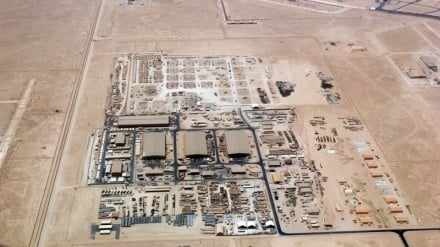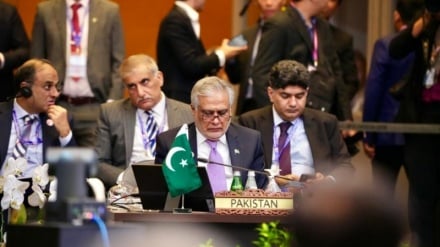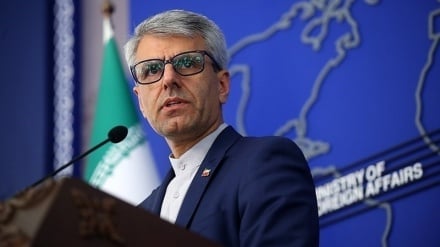Iranian arts and Nowruz feast (1)
Nowruz affects different aspects of Iranian culture, including art and literature. In the first days of spring, the mellifluous song of birds is mixed with the sweet sound of the branches and twigs of trees and meadows that dance in the life-inspiring breeze.
Nowruz traditions encompass a very vast area stretching from northwest China to Central Asia, West of the Caspian Sea, Turkey and the Mesopotamia. Nowruz is a factor for cultural bond among these ancient ethnicities. Nowruz has been narrated since old times and in many texts there are stories and accounts on the traditions and festivities of this great ceremony. Yet, music and poetry have played a significant role in conveying this ceremony to the next generations.
Music is considered the means of expressing the inner emotions and sentiments. Many people in the world have expressed their happiness, grief, victories and pains via music. In a general classification, the music related to Nowruz in Iran can be categorized in two parts: Ceremonial music and religious music. Ceremonial music includes the melodies and songs that mainly express happiness and remind of the customs in Nowruz. Nowruzkhani was one of the ceremonies which used to be held in different parts of Iran, especially villages and small towns, by itinerary musicians and singers who would start their activity several days before the coming of spring. They would go from one place to another as a harbinger of spring. While these singers and musicians were walking in the alleys of various neighborhoods, people would come out of their houses and give them presents and different items. After embracing Islam by Iranians, these customs were mixed with religious customs and songs especially in the form of Ramazankhani. Ramzankhani was a special custom in which several people, especially the elderly, would walk on the last night of the month of Sha’ban in the alleys and chant special poems giving the tidings of the arrival of Ramazan.
As the coming of spring is indeed a sign of God’s power to revive the nature after its death, faithful poets would compose poems which contained religious themes besides the beauty of the nature. One such poem was:
Gol dar Golestan Aamad
Bolbol be Bostan Aamad
Ey Ommat-e Mohammad
Nowruz-e Soltan Aamad
Which means:
To the flower-garden, the flower has come,
To the orchard, the nightingale has come,
Oh, the nation of Mohammad,
The majestic Nowruz has come.
Another poem reads:
Bahar Aamad, bahar aamad, khosh aamad,
Ali ba Zolfaqar aamad khosh aamad.
Which means:
Spring has come, spring has come, how welcome,
Ali has come with Zolfaqar, how welcome.
Since old times, several cannons used to shoot in the main barrack of the capital to announce the turning of the year and coming of the New Year.
In the holy shrine of Imam Reza (AS) in Mashhad, the coming of the New Year is announced with blowing Naqareh, which is a special horn with a long neck, and beating drums.
There is little information on the music of the ancient Iranians but what is clear from the carvings on the stones is that many of them used to play lute as it was the official instrument of the royal court.
The word Nowruz has entered the works of musicians and singers so that a number of melodies and musical tones have been named Nowruz.
In addition to the songs and music, some dramas and plays used to be played with music. Among them mention can be made of Kuseh bar neshin (Mir Nowruzi), Tureh Nowruzi, Tokamchi, Haji Firooz and Atash afrooz. The conspicuous theme of these plays was focused on driving out the cold winter and welcoming the spring. The actors of these plays would wear colorful attire and recite rhythmic poems to entertain people and also give them the tidings of the New Year.
RM/MG



